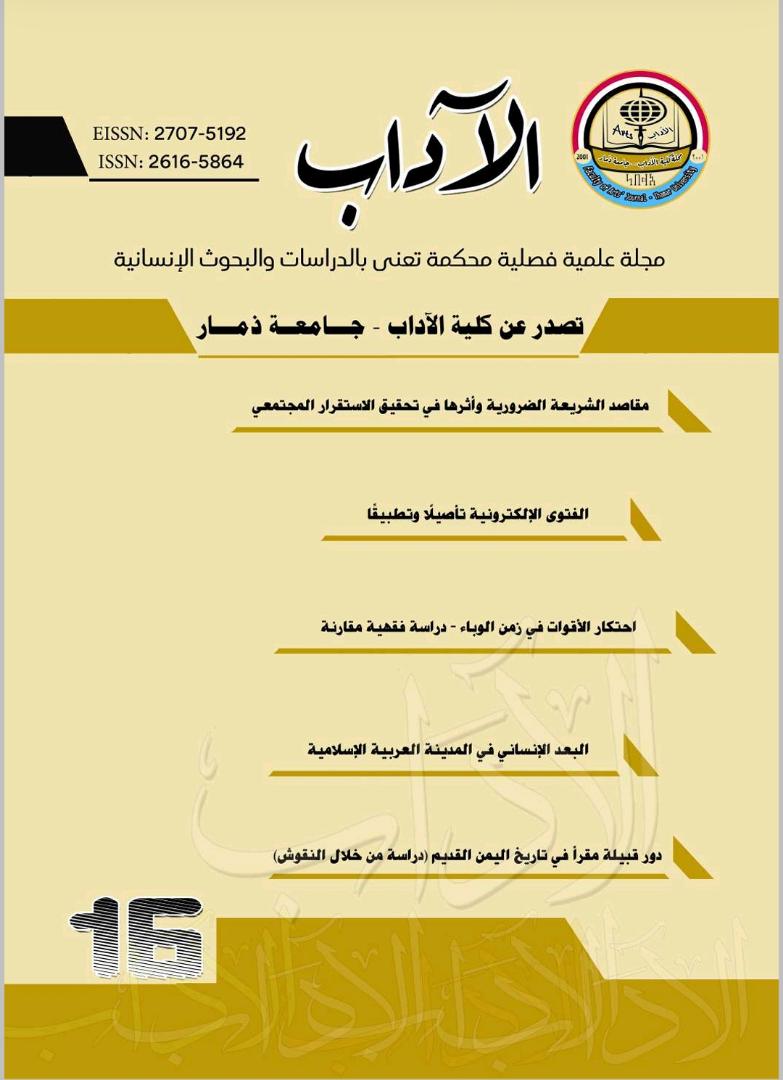Rulings Related to Friday Prayers in Times of the Epidemic – A Comparative Jurisprudential study
DOI:
https://doi.org/10.35696/.v1i16.672Keywords:
Rulings, Friday Prayer, Pandemic, masksAbstract
This research coincided with what the world is going through now of a pandemic - Corona - in which it prevented people from practicing a normal life, and the preventive and precautionary measures that followed which included all aspects of life: religious, economic, social, etc. This research is a comparative jurisprudence study between the jurisprudential schools of thought which aims to remove the people's confusion about the provisions of Friday prayer and what is associated with it such as holding and attending Friday prayers and the provisions that follow in light of the Corona pandemic. And by extrapolating the texts of the law and its purposes, we find that self-preservation is one of the necessities that the Islamic Sharia enjoins to preserve. Therefore, God has permitted the types of acts of worship that He enjoins on the types of legal permits, such as abrogation, reduction, presentation, delay, substitution, and so on, to preserve this soul. If the impact of the pandemic changes, it is necessary to perform the Friday prayer ritual as being one of the bone rituals, taking into account the instructions announced by the competent authorities, and following preventive measures from spacing and wearing masks.Downloads
Download data is not yet available.
Downloads
Published
2020-09-01
How to Cite
Badoghaish, N. B. S. B. O. . (2020). Rulings Related to Friday Prayers in Times of the Epidemic – A Comparative Jurisprudential study. Journal of Arts, 1(16), 373–428. https://doi.org/10.35696/.v1i16.672
Issue
Section
1
License
Copyright (c) 2021 نوال بنت سعيد بن عمر بادغيش (مؤلف)

This work is licensed under a Creative Commons Attribution 4.0 International License.
Copyright and Licensing
For all articles published in journal, copyright is retained by the authors. Articles are licensed under an open access Creative Commons CC BY 4.0 license, meaning that anyone may download and read the paper for free. In addition, the article may be reused and quoted provided that the original published version is cited. These conditions allow for maximum use and exposure of the work.



